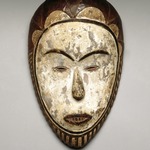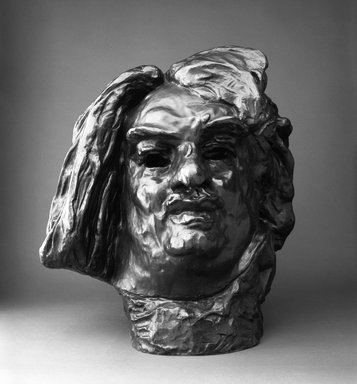

Auguste Rodin (French, 1840–1917). Balzac, Monumental Head (Balzac, tête monumentale), 1898; cast 1979. Bronze, 20 x 17 1/2 x 16 in. (50.8 x 44.5 x 40.6 cm). Brooklyn Museum, Gift of the Iris and B. Gerald Cantor Foundation, 84.75.23. Creative Commons-BY (Photo: Brooklyn Museum, 84.75.23_bw.jpg)
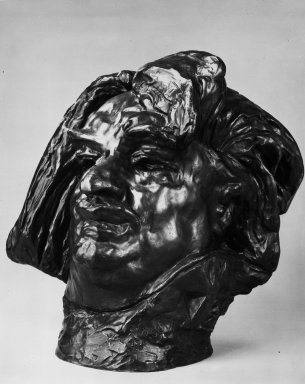
Auguste Rodin (French, 1840–1917). Balzac, Monumental Head (Balzac, tête monumentale), 1898; cast 1979. Bronze, 20 x 17 1/2 x 16 in. (50.8 x 44.5 x 40.6 cm). Brooklyn Museum, Gift of the Iris and B. Gerald Cantor Foundation, 84.75.23. Creative Commons-BY (Photo: Brooklyn Museum, 84.75.23_view2_bw.jpg)
Balzac, Monumental Head (Balzac, tête monumentale)
European Art
On View:
This is an enlargement of one of the final life-size head studies for the Balzac monument. Its exaggerated physiognomy departs from the more realistic portrait studies of the project’s early stages, with an agitated sculptural surface meant to communicate a restless, creative psyche. The head was to be viewed from below and at a distance, and the effect of light on the deeply modeled sculpture played an important role in Rodin’s conception. From different perspectives and under various lighting conditions, Balzac’s face yields a multiplicity of expressions, suggesting the complexity of the author’s personality.
CAST BY
Georges Rudier Fondeur, Paris
MEDIUM
Bronze
DATES
1898; cast 1979
DIMENSIONS
20 x 17 1/2 x 16 in. (50.8 x 44.5 x 40.6 cm) (show scale)



MARKINGS
Back, lower edge of base: ".Georges Rudier./.Fondeur. Paris."
Lower edge of base, proper left: "© by Musée Rodin 1978"
SIGNATURE
Base, proper left: "A. Rodin"
Interior, front of neck, plate in relief: "A. Rodin"
INSCRIPTIONS
Base, proper left, below signature: "No 6"
COLLECTIONS
European Art
ACCESSION NUMBER
84.75.23
CREDIT LINE
Gift of the Iris and B. Gerald Cantor Foundation
EXHIBITIONS
MUSEUM LOCATION
This item is not on view
CAPTION
Auguste Rodin (French, 1840–1917). Balzac, Monumental Head (Balzac, tête monumentale), 1898; cast 1979. Bronze, 20 x 17 1/2 x 16 in. (50.8 x 44.5 x 40.6 cm). Brooklyn Museum, Gift of the Iris and B. Gerald Cantor Foundation, 84.75.23. Creative Commons-BY (Photo: Brooklyn Museum, 84.75.23_bw.jpg)
EDITION
Edition: 6/12
IMAGE
overall, 84.75.23_bw.jpg. Brooklyn Museum photograph
"CUR" at the beginning of an image file name means that the image was created by a curatorial staff member. These study images may be digital point-and-shoot photographs, when we don\'t yet have high-quality studio photography, or they may be scans of older negatives, slides, or photographic prints, providing historical documentation of the object.
RIGHTS STATEMENT
Creative Commons-BY
You may download and use Brooklyn Museum images of this three-dimensional work in accordance with a Creative Commons license. Fair use, as understood under the United States Copyright Act, may also apply.
Please include caption information from this page and credit the Brooklyn Museum. If you need a high resolution file, please fill out our online application form (charges apply).
For further information about copyright, we recommend resources at the United States Library of Congress, Cornell University, Copyright and Cultural Institutions: Guidelines for U.S. Libraries, Archives, and Museums, and Copyright Watch.
For more information about the Museum's rights project, including how rights types are assigned, please see our blog posts on copyright.
If you have any information regarding this work and rights to it, please contact copyright@brooklynmuseum.org.
RECORD COMPLETENESS
Not every record you will find here is complete. More information is available for some works than for others, and some entries have been updated more recently. Records are frequently reviewed and revised, and we welcome any additional information you might have.


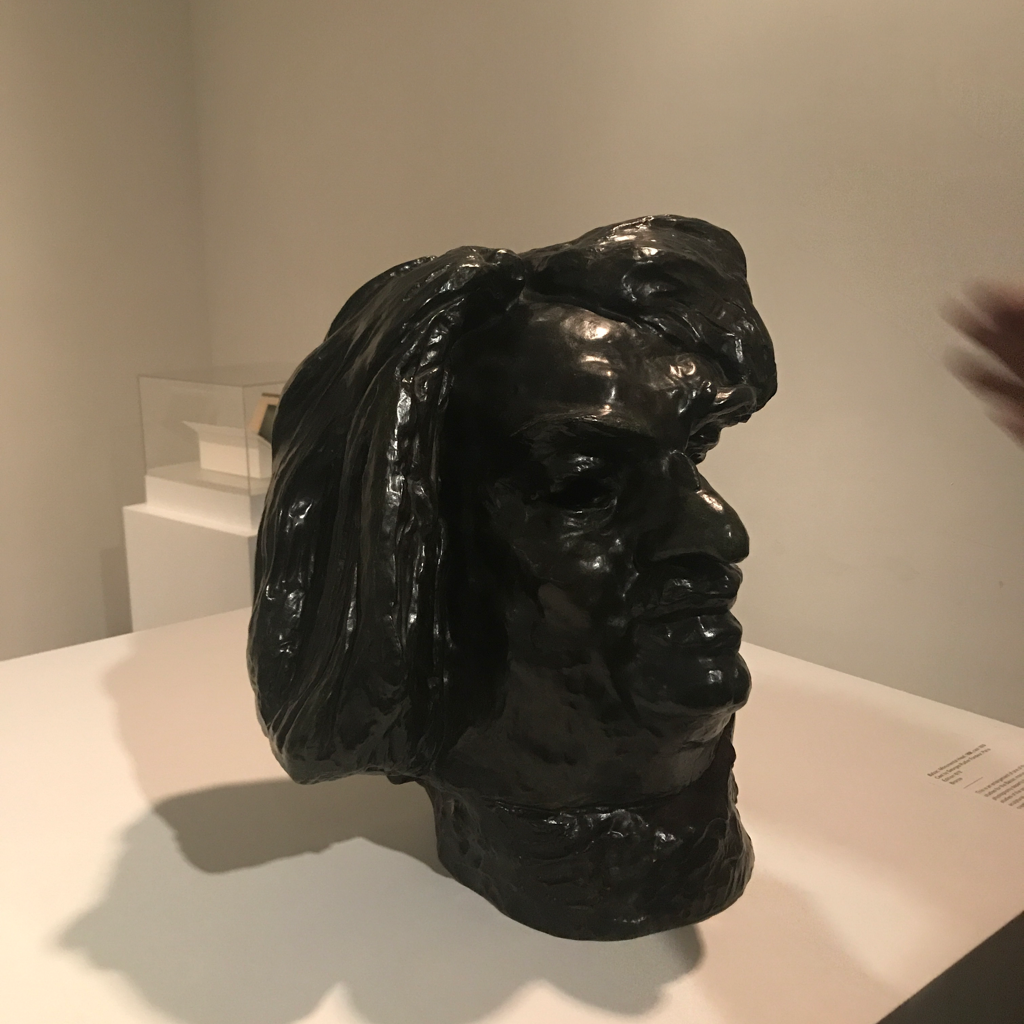

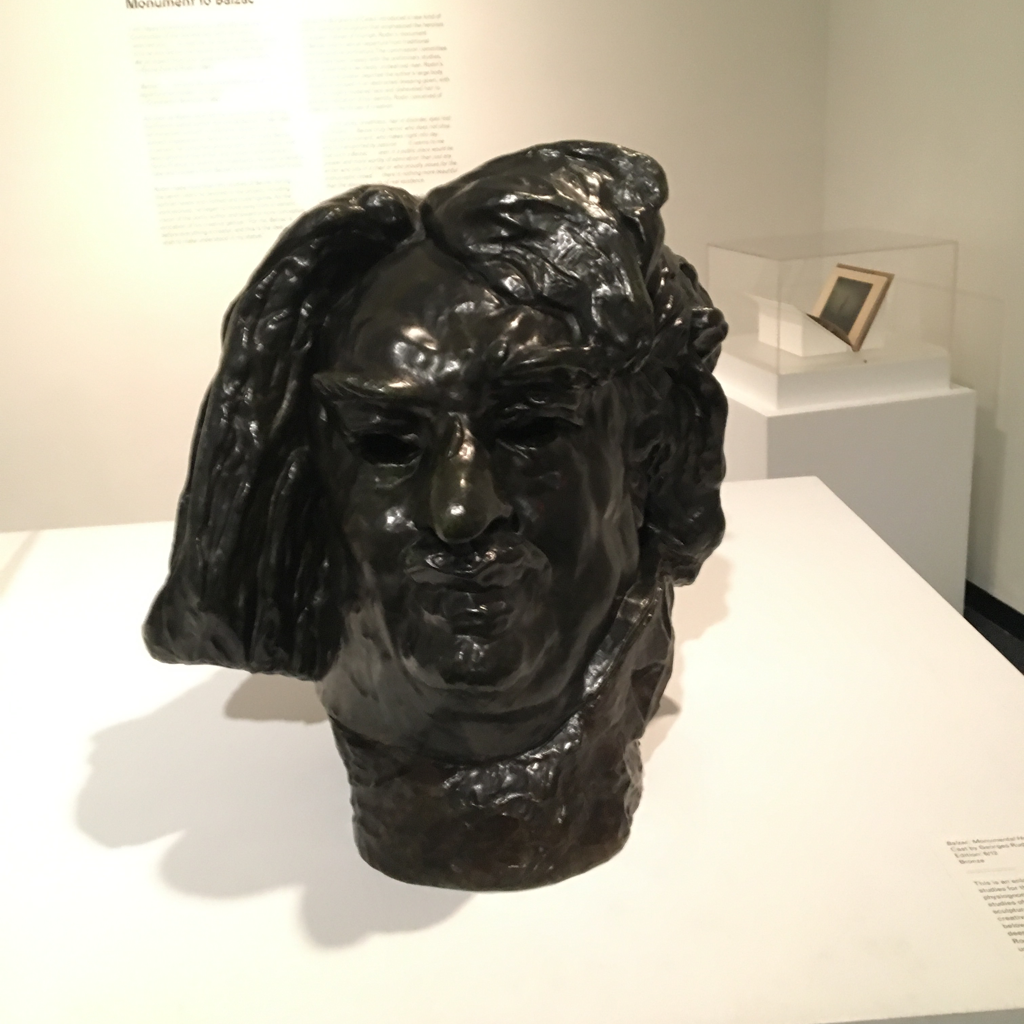
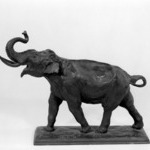
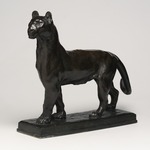

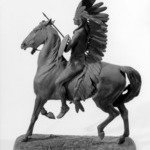

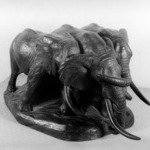
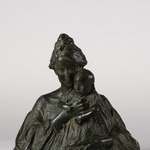

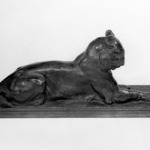


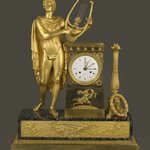

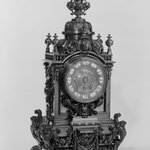
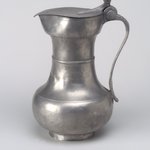


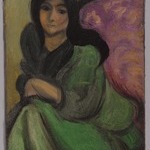
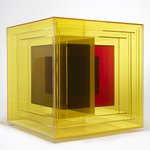

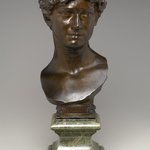
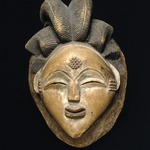


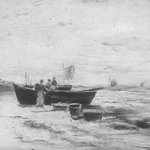
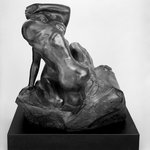
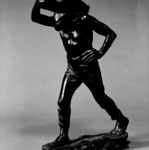
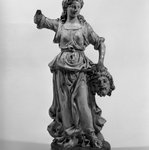
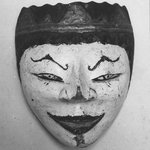
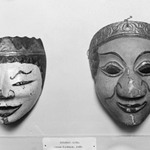
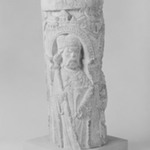

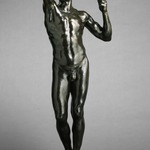
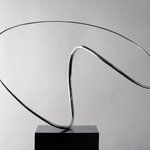
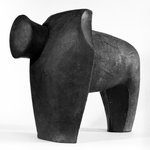

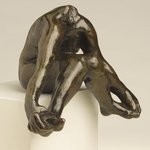
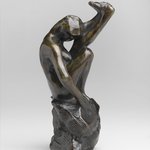
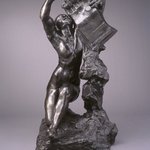
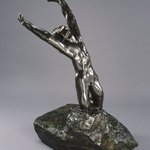
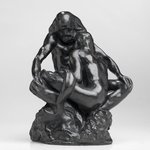
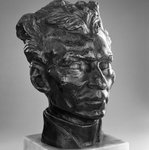
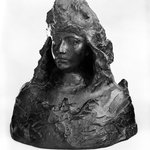
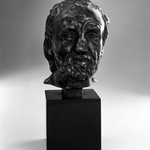
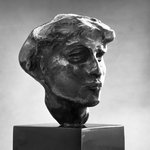

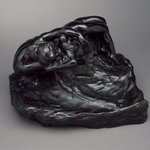
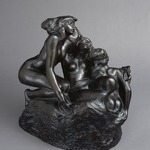
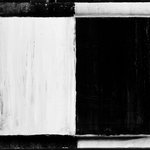

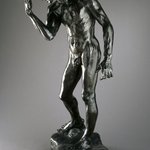

![[Untitled] (Milton Avery)](https://d1lfxha3ugu3d4.cloudfront.net/images/opencollection/objects/size2_sq/82.65.128_PS2.jpg)
